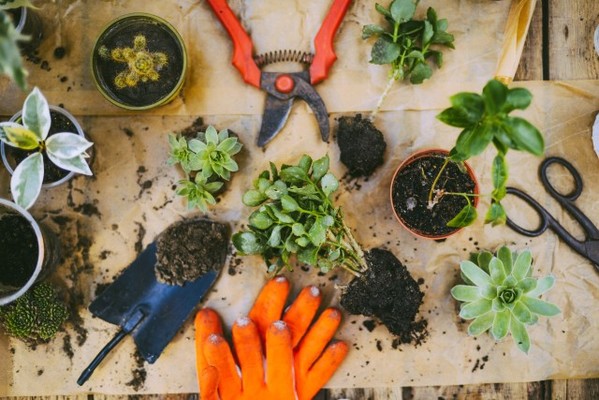By Beatrice Hawkins
Some weeks ago now as I went west I wrote about biological control of prickly pear on the road sides around Goondiwindi.
I’m home again now after approximately eight (!!) weeks away. What was going to be a relatively short time away became a rather lengthy isolation time thanks to Covid-19.
As I drove home I couldn’t help but notice that the damage to the stands of prickly pear, that I saw beginning as I went away, had continued and the pear plants are almost all destroyed.
Having lived in areas where blackberry bushes are a major problem I would love to see something as successful found to control that problem. I love blackberries and all the lovely desserts that can be made from them and have spent many happy hours over my lifetime picking them, but also know how invasive they can be in grazing country.
Another problem I see on roadsides in our area is ‘Johnson’s Grass’. In other areas I have lived in it is considered noxious and must be eradicated and councils spray roadsides. When I first came to the Downs I was horrified to see it growing so prolifically with no attempt to control it. At certain stages of grow it is extremely toxic to livestock.
Covid-19 has had some beneficial effects as people have been isolated and have become interested in growing things! It has become difficult to source seeds and plants as people with time on their hands have taken up a new hobby – a fantastic outcome I think.
Some of my family have developed ‘wicking gardens’ that use much less water to keep them going. They are certainly on my list of things to do over the winter ready to plant in the spring.
Now I know variations of these can be purchased ready to go or in kit form from hardware stores and garden centres, but I like to re-use and re-purpose when I can.
The family have used many different items to make these, with the best one I think being recycled 1000-litre ‘pelacons’ that we see being used to transport so many things.
My WA family were the first to try this. They cut these in half, put a pipe down one corner so they can be watered, agpipe in the base to hold water and let it slowly release into the aggregate that covers the pipe. This is then filled with stones or sand to about half the depth of the container, a layer of geocloth to act as the ‘wick’ on this and topped up with a good garden soil with plenty of compost incorporated. At this point an outlet pipe needs to be put in at the level of the geocloth so the soil doesn’t become waterlogged when we do get rain!
My son made one of these and grew heaps of tomatoes, cucumbers, capsicums, chillies, strawberries and even melons. He also turned those blue drums similar to the old 44 gallon drum into wicking pots. My grandson loved it and it helped to get him to eat vegetables also as he actually grew them!
As the water is under the soil and wicks up you have minimal evaporation and it is extremely water efficient.
I’ve even seen this done with garden pots and 20 litre buckets and I am certainly going to modify some of my pots so that I can use them this way. When I am away so much it will mean things will continue to flourish with little care.
THE BENEFITS OF GARDENING…
There is much talk about the effect on mental health of the isolation caused by this virus and gardening is a great way to help this. There is to me nothing like growing things, whether food or flowers, to improve your mental health. Fresh air, sunshine and rain, exercise – all very positive.
The lack of water to have a green lawn or be able to grow things has been a real problem for me. I have recycled as much as possible but one person doesn’t really use a lot of household water.
When I left to go west some self-seeded prickly cucumber plants had come up in an area where I had them growing last year. The little rain we had while I was away have kept them going and I was pleased to find several prickly fruit among the grass now I’m home. I find them such a fun thing to grow!
At this time of the year you can plant things like broad beans, peas and snow peas, spinach, cabbage, cauliflowers, kale and broccoli. Asparagus, beetroot and silver beet are also right to go now. Of course the other things that need doing is pruning and soil renovation to be ready for spring planting… and in my case, building a wicking bed!







